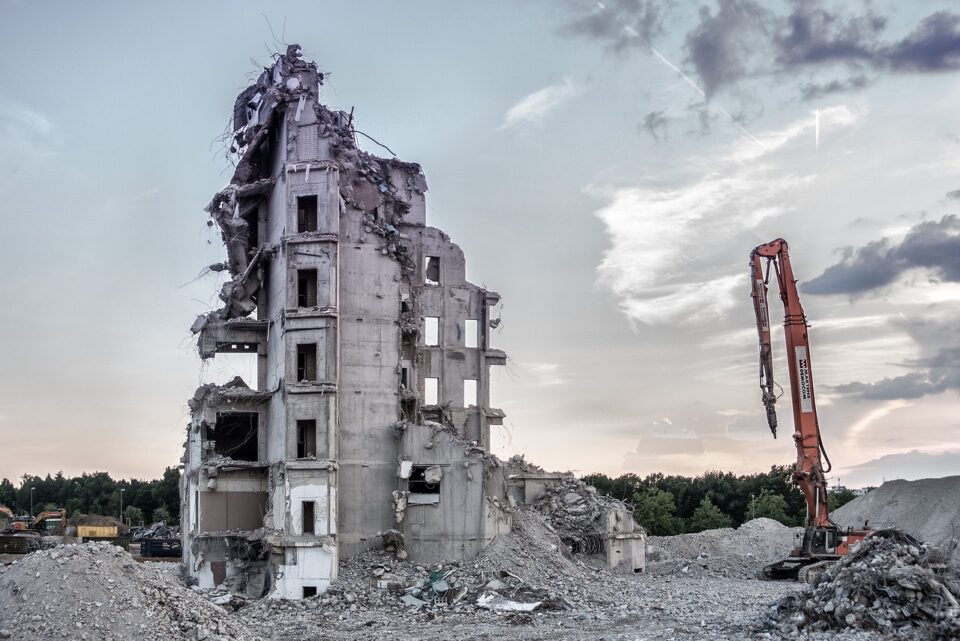The Rashomon Effect
November 5, 2010Sunday Leftovers
November 7, 2010Drilling Down Disabilities Data
NJ Spotlight points today to a stock-in-trade assumption regarding the role of students with disabilities in a school’s efforts to make “Adequate Yearly Progress” on high-stakes state assessments. This year in New Jersey, 657 schools, or a third of all schools in the state, missed the cut-off for AYP and joined the list of Schools in Need of Improvement. (That cut-off gets higher and higher until 2014 when all students are perfect.)
State officials said that only about one in six of the schools labeled “in need of improvement” were on the lists due to solely their special education students.
That counters a perception and prime source of tension in many communities that special needs students are the main drag on local test scores and the cause for a school being sanctioned.
Let’s check out the data. (See here for DOE database.) Quick primer for newbies: for accountability purposes, students are separated into different groups and scores are calculated for total population, students with disabilities, limited English proficiency, white, African-American, Asian/Pacific Islander, American Indian, Hispanic, Economically Disadvantaged, and Other. Proficiency of groups is calculated for math, language arts, and actual participation in the tests. There are 40 potential subgroups. If one subgroup misses AYP, you’re a School in Need of Improvement, though substantial improvement (10%) lands you on the shores of Safe Harbor.
Certainly, schools with excellent reputations (and high socio-economic profiles) land on SINI lists, to the endless irritation of board members and administrators. Example: Princeton’s John Witherspoon Middle School did not make AYP because of poor performance in math of students with disabilities. Every other group did fine. Moorestown’s William Allen Middle School missed AYP because of language arts performance of kids with disabilities. Hmm. Let’s try again. Park Ridge High in Bergen County missed AYP because of the math performance of students with disabilities. Every other group made AYP (although the only other group with enough kids [40] in the cohort to count for NCLB purposes were white students, total population, and students with disabilities.) And Indian Hills High, with the same demographics, is on the SINI list because of the math performance of students with disabilities.
Now let’s look at look at some other schools. In a world far from Indian Hills or Park Ridge, Camden Central High missed – wait for it – 23 out of 40 indicators. Not a single demographic group made the cut of 95% participation. In other words, Camden Central has 10 subgroups that were listed as not making AYP because they couldn’t get the kids to show up. For the kids who appeared on test day (or test-make-up-day), AYP cut-offs were missed by total population, students with disabilities, and African-American. Hispanic kids made Safe Harbor in both language arts and math, as did Economically Disadvantaged in language arts. White kids aren’t included because there’s not enough to form a cohort. Camden High is in Year 8 of SINI, which means they’ve missed AYP since NCLB was enacted.
Also in that exclusive club is East Orange. John Costley Middle School in the same town is in only in Year 5, but missed 31 of 40 indicators, including total population, students with disabilities, economically-disadvantaged, and African-American. Trenton Central High is in Year 8 too, missing cut-offs in simple participation and math performance for students with disabilities. Actually, many schools in Trenton are in Year 8.
Another example: Plainfield Schools in Union County has seen a precipitous drop-off in subgroups that make AYP. Hubbard School missed every indicator except math performance in Hispanic kids. Maxson missed everything except, ironically, language arts performance in kids with limited English proficiency. At Dewitt Barlow, kids with disabilities made Safe Harbor in both math and language, but African Americans missed cut-offs for both. Emerson made 31 of 40 indicators; successful groups were African Americans and math performance of students with disabilities.
So in rich towns, kids with disabilities are still a drag on a school’s ability to make AYP. But in less affluent areas of New Jersey the picture is far more complex with many subgroups scoring below proficiency and, in some cases, simple attendance an issue (though I can’t find another school that missed every single participation subgroup like Camden Central High.) Perhaps in rich districts kids with disabilities serve as “canaries in the coalmine,” early signs that as expectations rise, performance will flag. In more diverse districts we’re well beyond lung capacities of songbirds and everyone’s educational health is at risk.
NCLB-mandated sanctions – tutoring services, restructuring, transfer options – seem paper tiger-like as schools skip from Year 6 to Year 7 to Year 8 in SINI status without perceptible changes in governance, oversight, or impact on students. Nothing will stop Barringer High School in Newark or Hedgepeth-Williams School in Trenton or Bridgeton High School or Elizabeth High from receiving a big fat “Year 9 SINI” in the DOE’s database next year, but that key stroke is about the only change they’ll see.




